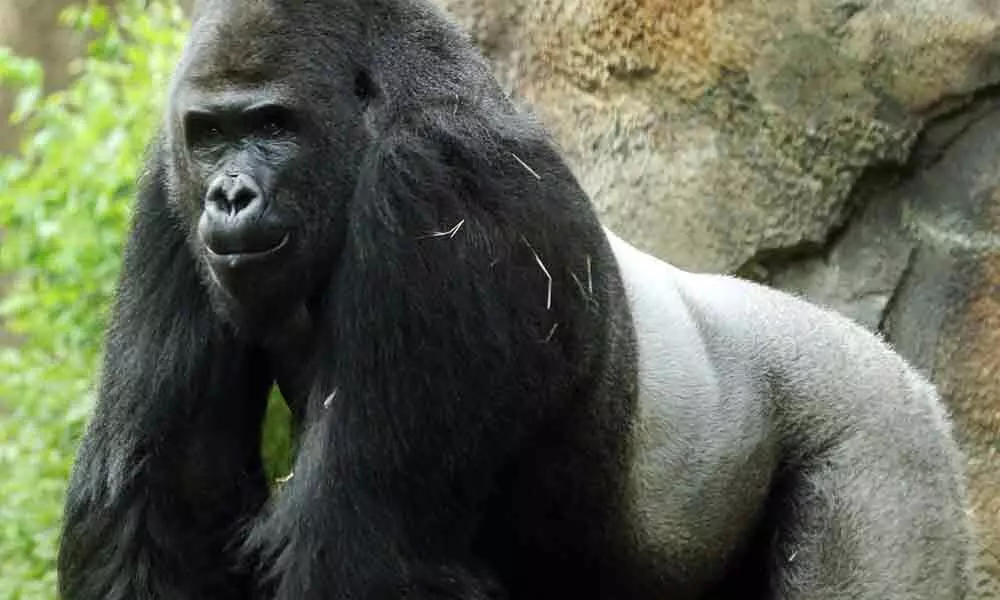Gorillas, orangutans, whales too at high Coronavirus risk: Study

Gorillas
Humans are not the only species facing a potential threat from the novel coronavirus, but several critically-endangered gorillas, orangutans, gibbons, gray whales and bottlenose dolphins as well as Chinese hamsters are also at an equal risk of getting infected, say researchers.
New York: Humans are not the only species facing a potential threat from the novel coronavirus, but several critically-endangered gorillas, orangutans, gibbons, gray whales and bottlenose dolphins as well as Chinese hamsters are also at an equal risk of getting infected, say researchers.
Domestic animals such as cats, cattle and sheep have been found to have a medium risk and dogs, horses and pigs were found to have low risk for contracting the deadly disease to date.
According to a new study from the University of California, Davis (UC Davis), endangered species are predicted to be at Covid-19 risk.
An international team of scientists used genomic analysis to compare the main cellular receptor for the virus in humans called angiotensin converting enzyme-2 (ACE2) in 410 different species of vertebrates, including birds, fish, amphibians, reptiles and mammals.
ACE2 is normally found on many different types of cells and tissues, including epithelial cells in the nose, mouth and lungs.
In humans, 25 amino acids of the ACE2 protein are important for the virus to bind and gain entry into cells.
The researchers used these 25 amino acid sequences of the ACE2 protein, and modeling of its predicted protein structure together with the SARS-CoV-2 spike protein, to evaluate how many of these amino acids are found in the ACE2 protein of the different species.
"Animals with all 25 amino acid residues matching the human protein are predicted to be at the highest risk for contracting SARS-CoV-2 via ACE2," said Joana Damas, first author for the paper and a postdoctoral research associate at UC Davis.
"The risk is predicted to decrease the more the species' ACE2 binding residues differ from humans," Damas said in a paper published in the journal Proceedings of the National Academy of Sciences.
Several critically-endangered primate species, such as the Western lowland gorilla, Sumatran orangutan and Northern white-cheeked gibbon, are predicted to be at very high risk of infection by SARS-CoV-2 via their ACE2 receptor.
Other animals flagged as high risk include marine mammals such as gray whales and bottlenose dolphins, as well as Chinese hamsters.
Research has shown that the immediate ancestor of SARS-CoV-2 likely originated in a species of bat.
Whether bats directly transmitted the novel coronavirus directly to humans, or whether it went through an intermediate host, is not yet known, but the study supports the idea that one or more intermediate hosts was involved.
The data allow researchers to zero in on which species might have served as an intermediate host in the wild, assisting efforts to control a future outbreak of SARS-CoV-2 infection in human and animal populations.
"The data provide an important starting point for identifying vulnerable and threatened animal populations at risk of SARS-CoV-2 infection," said Harris Lewin, lead author for the study and a distinguished professor of evolution and ecology at UC Davis.











